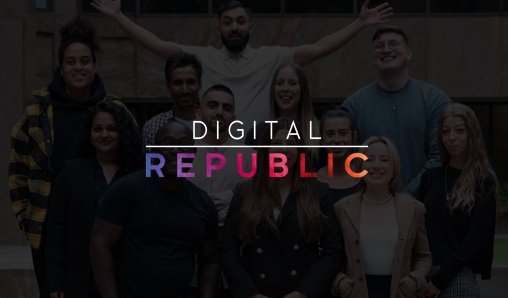
Programmatic Advertising In Times of Economic Uncertainty
Many predicted the next economic recession was on the horizon. Rumours of the next downturn began months before the first reports of coronavirus made headlines. In 2019, factors such as the U.S.-China trade war and uncertainty in the European Union pointed to a potential slump. The experts said that a business slowdown was basically inevitable in 2020.
We just didn’t know when it would strike. And we didn’t know what would cause the downturn.
It’s safe to say that this downtown is unlike anything we predicted. It’s also unlike anything we’ve seen, according to former Federal Reserve Chairwoman Janet Yellen. “The downturn has been rapid and sharp, and it’s different than any we’ve ever experienced,” Yellen said on March 30.
I’ve heard COVID-19 described as the proverbial pin that popped the economic bubble. However, it’s simply too early to predict any long-term impacts of coronavirus. It’s not my place to say, either. (I’ll leave that to the experts.) However, many in the media and advertising industry may be left wondering what to do during these times.
Advertising In Times Of A Recession
The correlation between consumer sentiment and advertising is unavoidable. When consumers spend less, marketers often respond accordingly. Following the last recession in 2008, ad spending dropped 13% in the United States. Radio was hit the hardest at 27%, followed by magazines at 18%, out-of-home by 11%, TV by 5% and digital by 2%.
Of course, it’s important to note that the business climate of 2008 is virtually unrecognizable when compared to today’s digitally dominated advertising landscape. For example, programmatic ad tech was still getting off its feet more than a decade ago. And if we’re honest, we don’t have much data to make an accurate historical comparison.
However, as U.S. consumers have been ordered to stay at home in varying capacities across the country, it can be assumed that media consumption will only increase. In mid-March, Nielsen was already reporting a 22% weekly increase in total TV usage in the Seattle/Tacoma area. It’s important to note that Nielsen is not officially forecasting that COVID-19 will bring viewership to all-time highs. As with most things, it may be too early to make that call.
However, it can be assumed that media consumption will only increase. As more and more of your consumers turn to streaming services in times of social distancing, reaching them on devices they’re using in efficient, cost-effective ways has never been more important.
Why not meet them halfway with programmatic advertising?
The Accountability And Flexibility Of Programmatic
Programmatic advertising is basically the buying and selling of ad inventory across digital out-of-home, online, streaming, TV, video and voice formats. Gone are the days of manual media buying. While these ads were traditionally targeted around specific characteristics (such as demographics and geography), programmatic enables companies to target around buyer intent.
Programmatic enables companies to pay for impressions based on the actual value of viewers which, in turn, empowers higher response rates. Basically, this means you’re spending money on consumers looking to purchase. The programmatic buying model consolidates data into accessible formats that enable easy reporting and filtering, which also allows for changes to be made in real time. This data-driven strategy helps brands get the most of their investments.
How To Get The Most From Programmatic Advertising
Programmatic ads are bought and sold in real time using a variety of tools and software to automate the process. As is the case with most industries, there’s a slew of programmatic tools and vendors out there. And as can be assumed, not all providers are created equally.
Not only is now a good time to ensure your advertising techniques are dialed in, it’s an ideal time to analyze both your current and future partnerships. If you’re currently running programmatic ads, it’s time to look inward and ask yourself whether your current provider is delivering true value. Are they working to optimize your campaigns? Are they providing you with true insight into your campaigns? And are they being transparent about their efforts?
If you are just entering the programmatic realm, it’s important to be picky about who you partner with. Cost and trust will most likely be critical factors. Knowing what you’re paying for, including cost structure and where your dollars are going, is essential. You want oversight on media costs and markups. Ask a potential partner or vendor how they can ensure complete transparency into inventory sources, ad placements and breakdown of costs. If they can’t tell you or aren’t willing to share this information, they may not be worth partnering with.
Despite the level of automation latent in digital advertising, programmatic still requires a long-term strategy. While many tools or companies may say they deliver value, it’s important to partner with those you can trust to deliver results, especially in these uncertain times.
Originally posted by Ben Zimmerman
If you found this article interesting, you might want to check out this blog too.
Are you a digital practitioner who has got more questions than answers during these uncertain times?
Contact us submitting a quick form here. We are here to support you!
Digital analytics, cloud, data science, programmatic or optimisation expert, and looking for a job at the moment? Check out our latest live vacancies here



